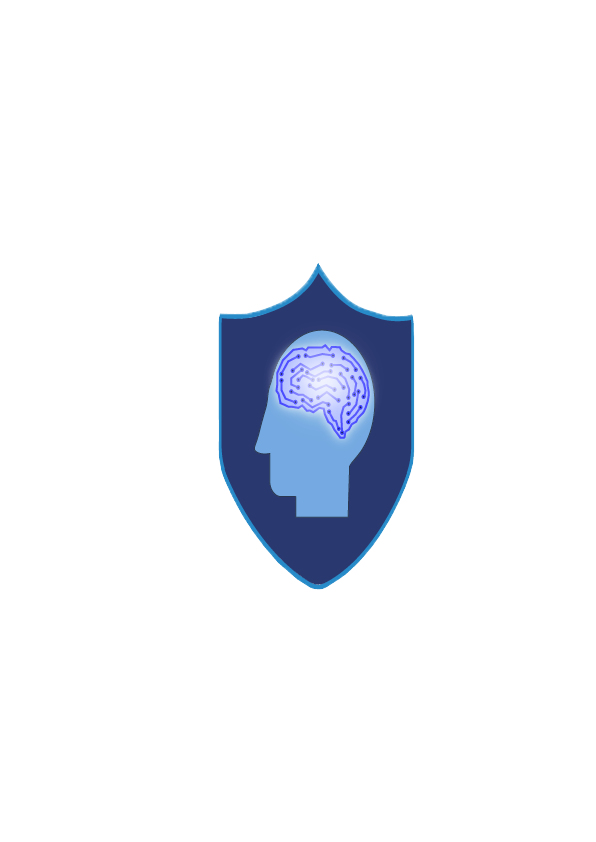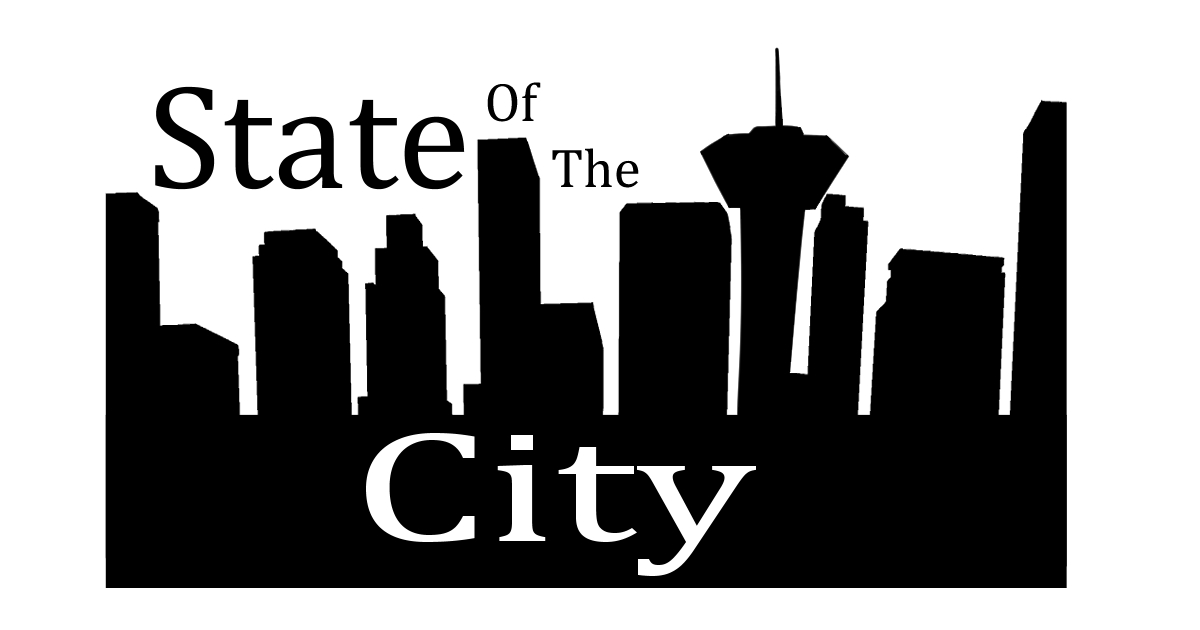With a $500,000 grant from the National Institute of Health, UTSA’s artificial intelligence, MATRIX: The UTSA Consortium for Human Well-Being, is working to advance how health disparities are addressed. The multidisciplinary research combines neuroscience and computing approaches to create a complex AI system — for medical researchers or clinicians lacking AI background — to assist in making health or research-related decisions. The AI is set to advance medicine and improve the function and operation of AI.
MATRIX was created to bridge the gap between healthcare and complex computing systems. Researchers divided the AI function into four different thrusts or areas of study. Assistant Professor of Biomedical Engineering at UTSA, Amina Qutub and Mark Goldberg, Professor of Neurology at UT Health San Antonio, led the first thrust: Human Capabilities Augmentation.
“AI systems today have a limited ability to perform complex cognitive tasks,” Qutub and Goldberg wrote. By exposing MATRIX to complex datasets, it can work to augment human behaviors, such as optimizing the workout routine of an athlete.
The next thrust is led by Dr. Douglas A. Brooks of Southwest Research Institute R&D and Amanda Fernandez, an Assistant Professor of Computer Science at UTSA. They are working to close the knowledge gap between non-AI users and complex computing processes. Through an engaging community-based framework, Matrix is readily accessible to clinicians and medical researchers.
The next thrust is neuro-inspired AI. M.D. Peter Fox and Dr. Fidel Santamaria, a professor of neuroscience at UTSA, are finding how AI, which is currently limited in function, can be adept in processing and reasoning, using neuroscience and the nervous system as a model. The research encompasses building low-energy cost and efficient AI models, laying the foundation for future AI projects.
Finally, UTSA’s electrical engineering professors, Gabriela Ciocarlie and Panos Markopoulos, are working to make MATRIX less susceptible to security breaches and bias. By researching these potential shortfalls, researchers can make the AI system more trustworthy and reliable in the medical field.
The first phase of the research involved using MATRIX to identify various health disparities. Now, researchers are shifting their focus to creating an online database, which will be integrated into Texas’ expansive network, for medical providers or researchers seeking to incorporate AI into their work. MATRIX is creating avenues for more research into the usage of AI in the medical field at UTSA, all while helping clinicians and researchers maximize patient care.








